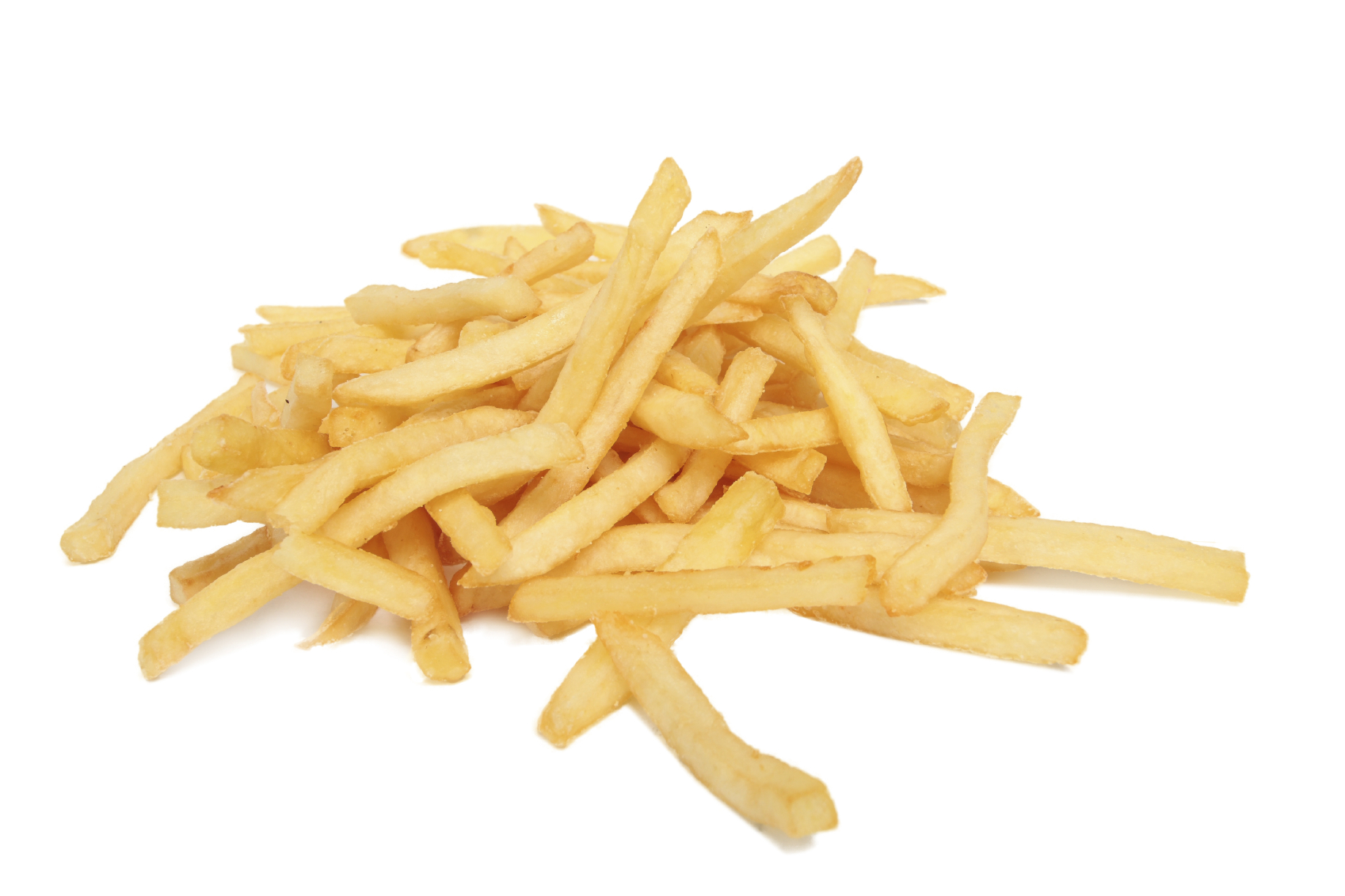It takes more than just family history to help determine your breast cancer risk. Only 5–10% of cases are hereditary.1 But this number shouldn’t scare you. It should motivate you. Your risk for developing breast cancer is something you can help control.
You need to know the environmental factors that put your health in danger. And new research from the National Institutes of Health can help. They looked at data from 60 studies and 3.5 million women. The results may surprise you…
Here are five chemicals to avoid for lowering breast cancer risk.
1. Acrylamide: You’ll find it in commercial products like adhesives and grouts. Polyacrylamide gels also appear in surprising places. They can include baby diapers and drinking water treatments. Tobacco smoke is another common source. But most exposure to this chemical comes from your diet. Eliminating starchy foods cooked at high temperatures is a great start.2 Foods like French fries—which are usually loaded in chemical preservatives to begin with—may be the most dangerous.
2. Aromatic Amines: These chemicals are ingredients in polyurethane and pesticide production. But they can also show up in paints, printing inks, paper, liquid crystal displays (LCD), and even pharmaceuticals. They’re the reason your hair dye may be raising your cancer risk. At least 15 of these chemicals produce mammary gland tumors. Some of them may also cause asthma and lung damage. And many of them just lack any testing. Not surprise here: You’ll also find these compounds in tobacco smoke and combustion exhaust.
3. Benzene: Products like adhesive removers, paints, sealants, oils, and finishers usually include this chemical. And the danger isn’t a new discovery. Studies from the 1970s found benzene can double cancer risk in workers using it every day.3 Another study looked at Italian shoemakers. It revealed that females exposed to the most benzene had a higher risk for breast cancer after 30 years.4
But nothing exposes you to benzene like gasoline. Pumping gas is one way you’ll encounter it. Storing gasoline in a basement or garage is another. Even something as simple as riding in a car can put you in contact with it. But don’t sell your car just yet. Automobile exhaust and industrial air pollution in urban areas make this chemical almost impossible to avoid completely.
4. Polycyclic Aromatic Hydrocarbons (PAHs): Like benzene, PAHs are found in car exhaust and air pollution. Tobacco smoke is another way you can run into it. Research shows that women exposed to the most PAHs from birth were up to 142% more likely to develop breast cancer after going through menopause.5 But the most surprising source may come from your grill.
Charring or grilling your foods—especially meats—can create PAHs. And forget about breathing them in. You’re actually eating these. But it doesn’t mean never hosting another BBQ… Marinating meats in beer before they hit the grill can help lower PAH levels by over 50%. But the best way to avoid this risk may be to cut back on the amount of foods you char or grill.
5. Styrene: You can’t avoid this one completely. Cigarette smoke and air pollution—even indoor air filtration materials—put you into contact with it. One study looked at over 54,000 cases of invasive breast cancer in Texas between 1995 and 2000. Researchers found styrene increased breast cancer risk the most. It beat 11 other known environmental toxins.6
This chemical is also in building materials, adhesives, carpeting, home maintenance products, and home craft supplies. But the most common source is Styrofoam packing. Eating foods that touch Styrofoam can also put you at risk. The cup you drink your coffee in at work… The plate you use to serve your child’s birthday cake… Even the foam packing materials some foods come in. Skip the Styrofoam to help avoid this chemical.
The chemicals in your environment can mess with your hormones. And the ones on this list may put you at greater risk for breast cancer. You can’t avoid them entirely… But knowing the most dangerous ones—and where to find them—may help put the odds in your favor. Avoiding high temperature cooking, air pollution, and Styrofoam products are all good places to start.
Like this Article? Forward this article here or Share on Facebook.
References:
1http://www.breastcancer.org/risk/factors/genetics
2http://ehp.niehs.nih.gov/wp-content/uploads/advpub/2014/5/ehp.1307455.pdf
3http://www.epa.gov/ncea/iris/subst/0276.htm
4http://www.ncbi.nlm.nih.gov/pubmed/19366049
5http://www.ncbi.nlm.nih.gov/pubmed/15668476
6http://www.ncbi.nlm.nih.gov/pubmed/15986119

